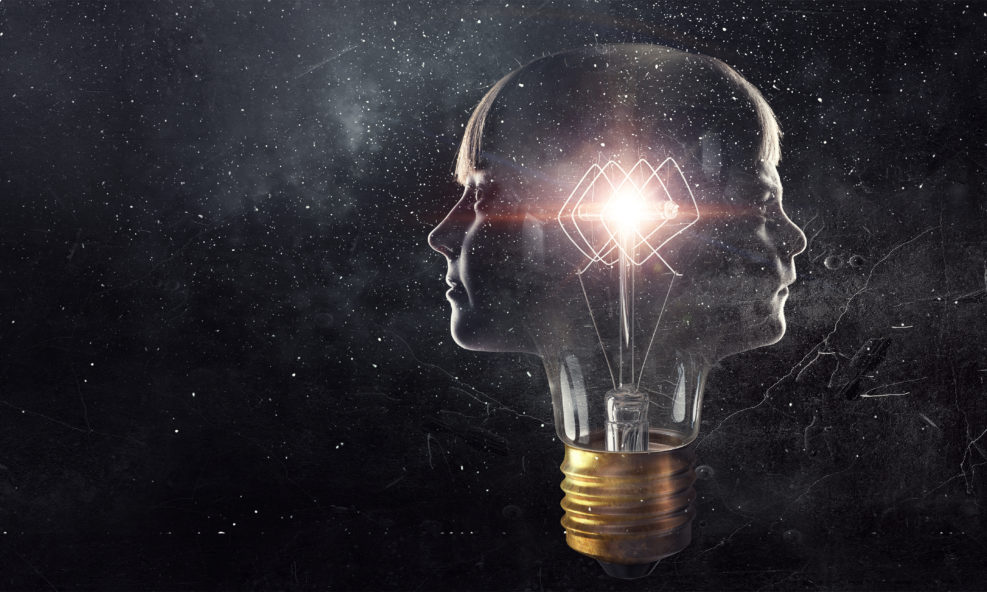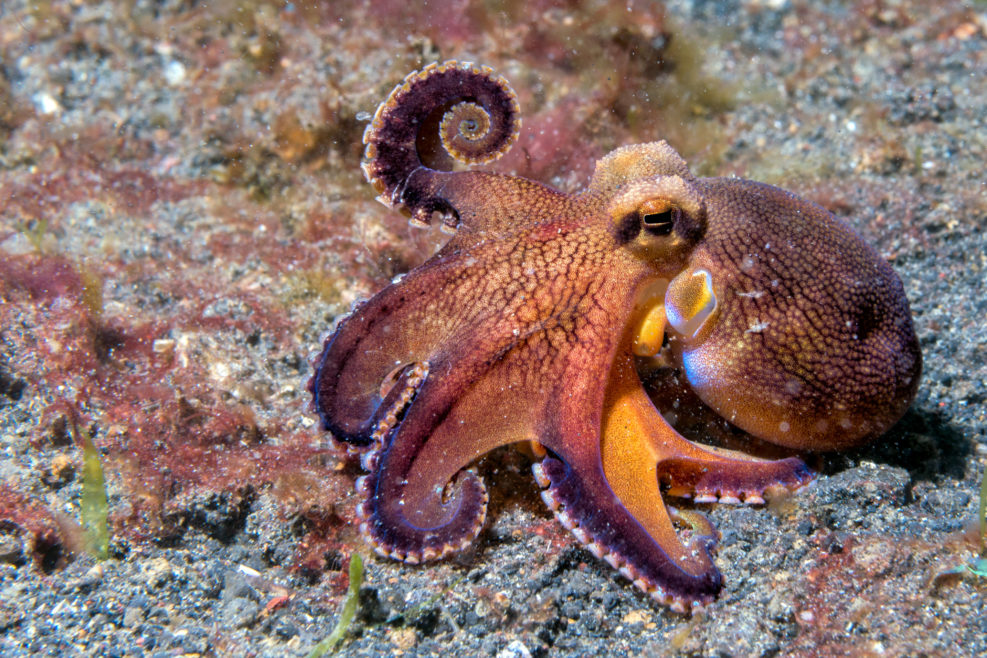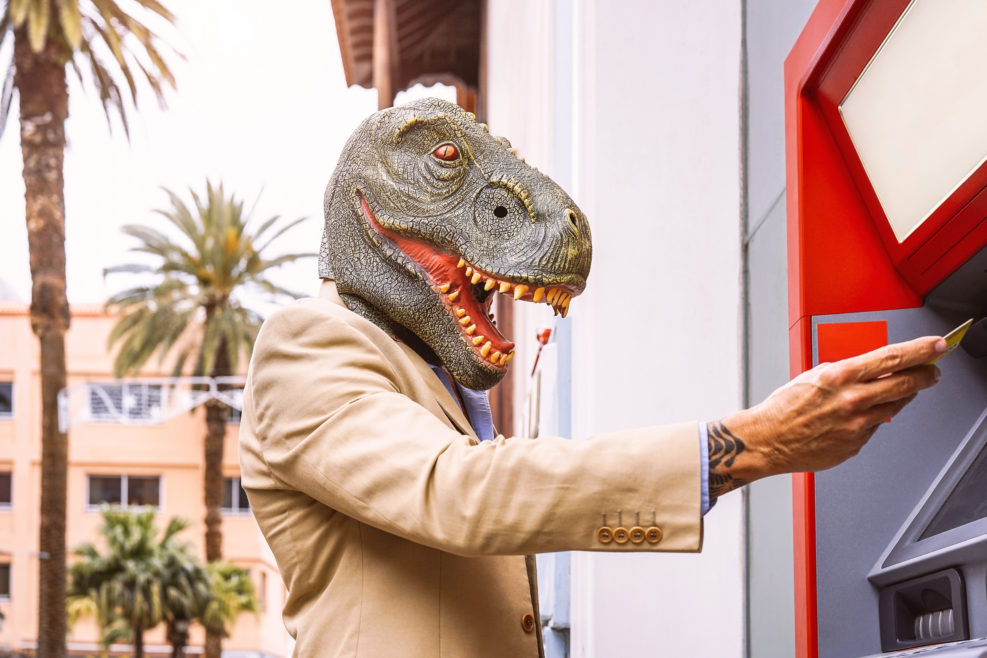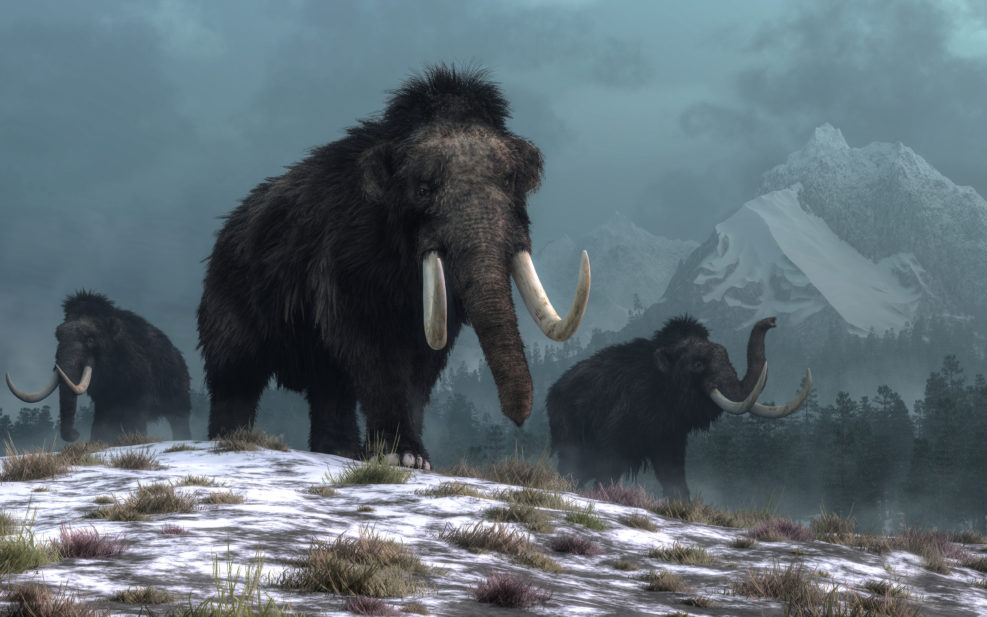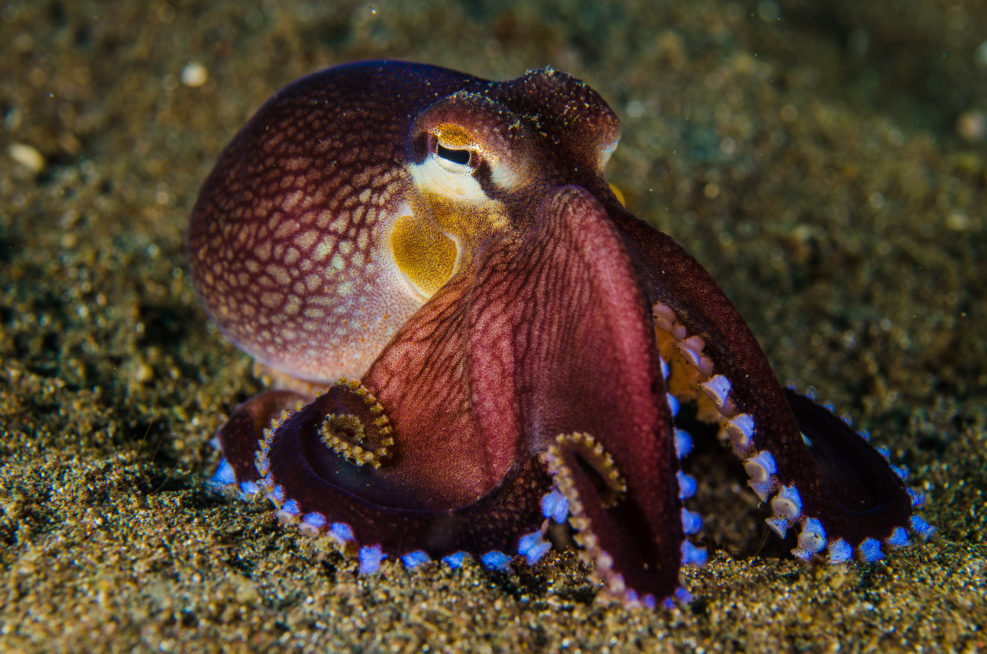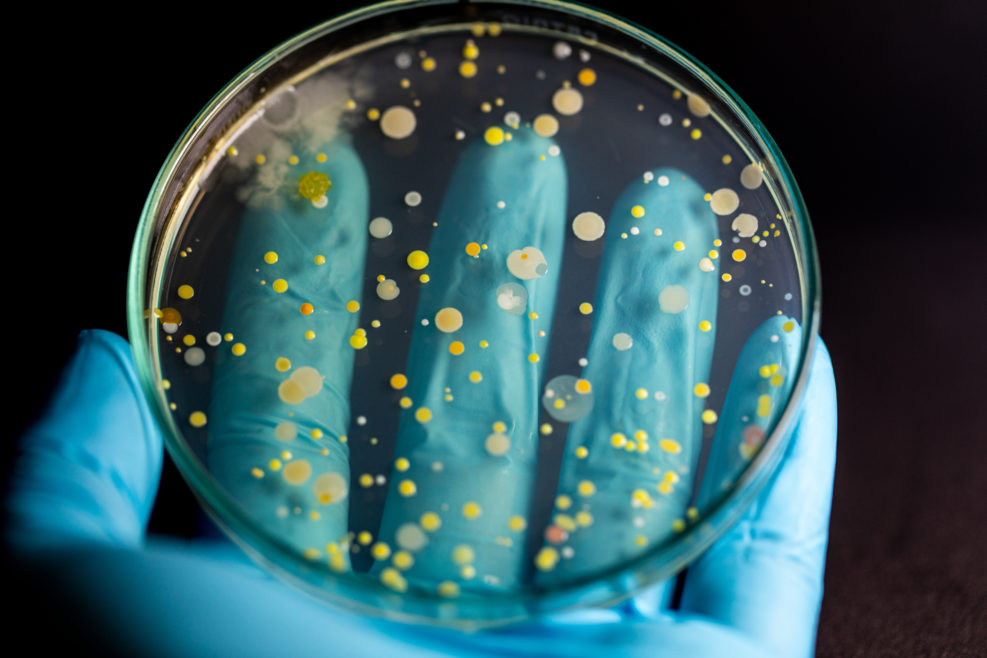
Bacterial Growth Patterns Can Spell Out Our Inmost Thoughts
Crazy? No. Researchers reduced them to an alphabet and you can test it for yourselfBiomedical engineers at Duke University have created an encoder/decoder using bacterial growth patterns. Because such growth patterns tend to be regular, they can be reduced to an encoding scheme they call “emorfi”: The encoding is not one-to-one, as the final simulated pattern corresponding to each letter is not exactly the same every time. However, the researchers discovered that a machine learning program could learn to distinguish between them to recognize the letter intended. Ken Kingery, Duke University, “An AI message decoder based on bacterial growth patterns” at Phys.org (September 23, 2022) The paper requires a fee or subscription. Go here to see how it works and test it yourself. We tried it with “Bacterial growth patterns can spell out your Read More ›

